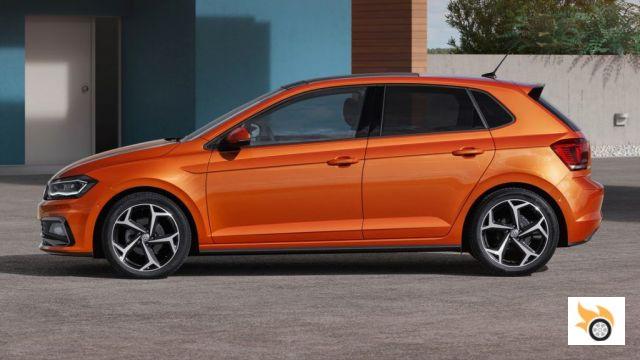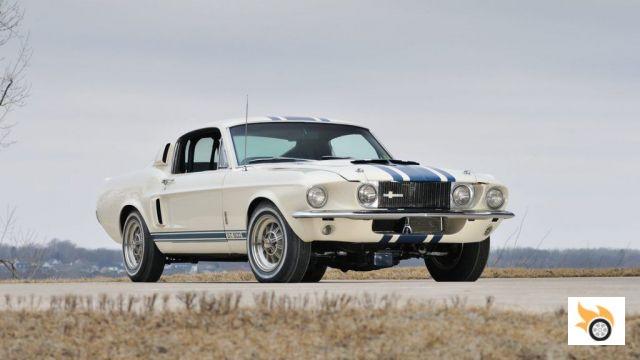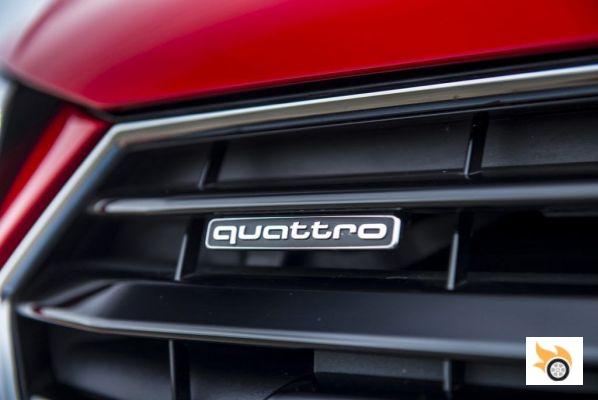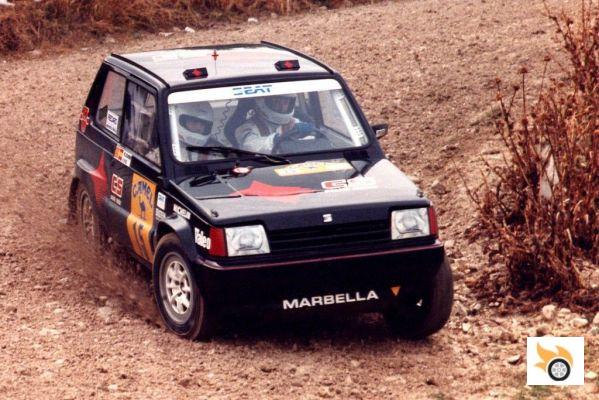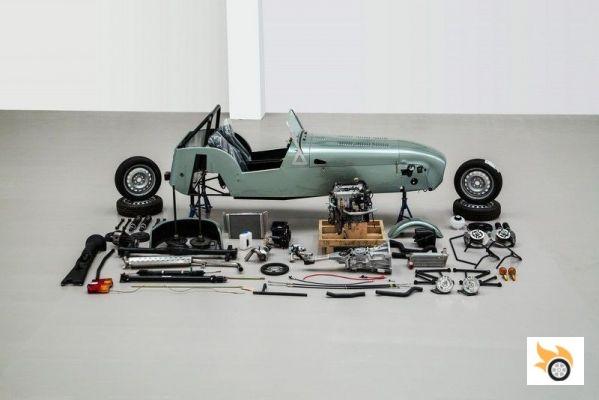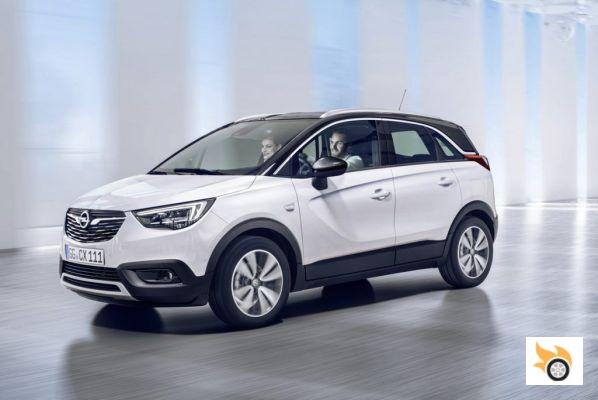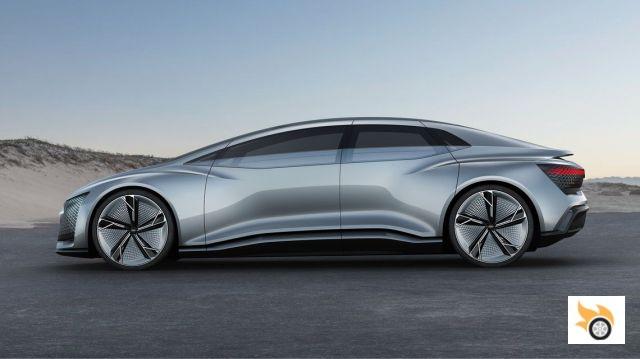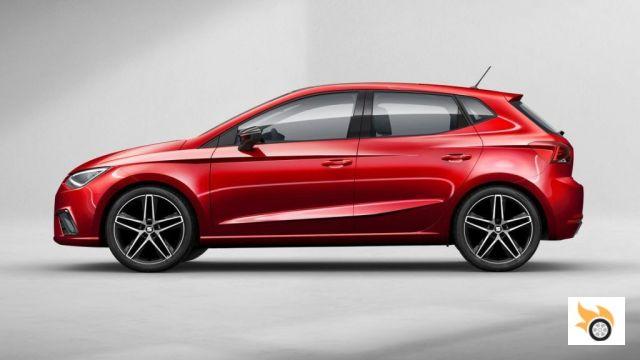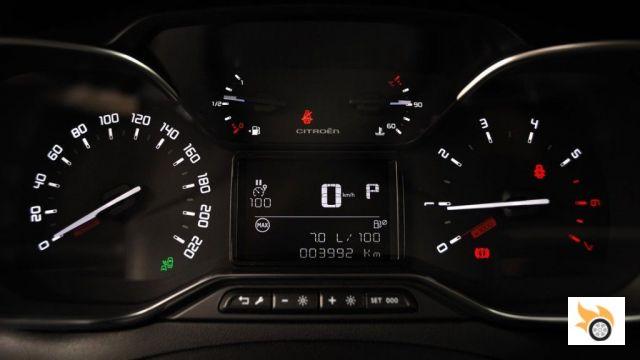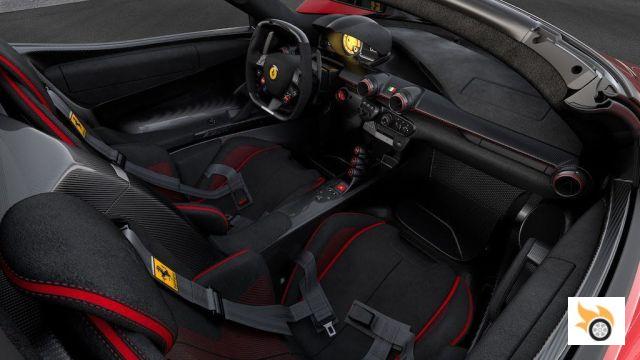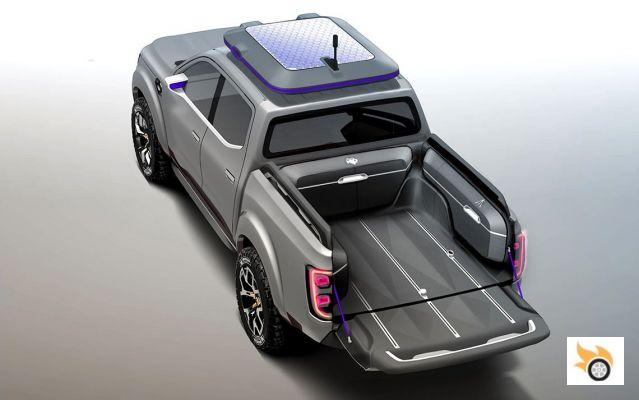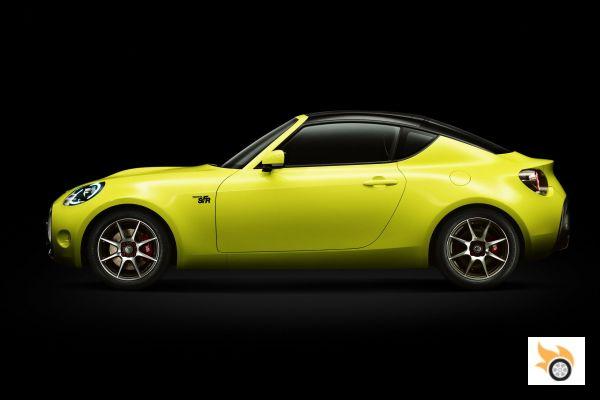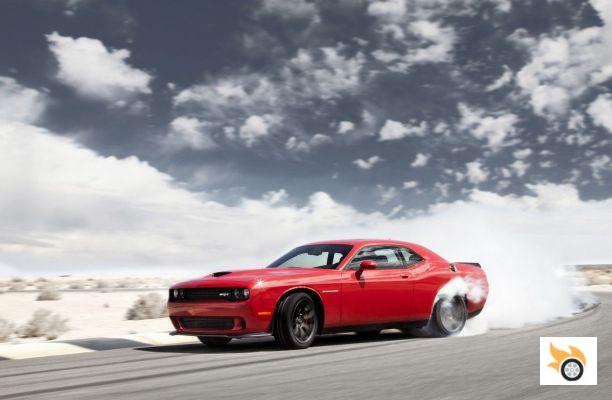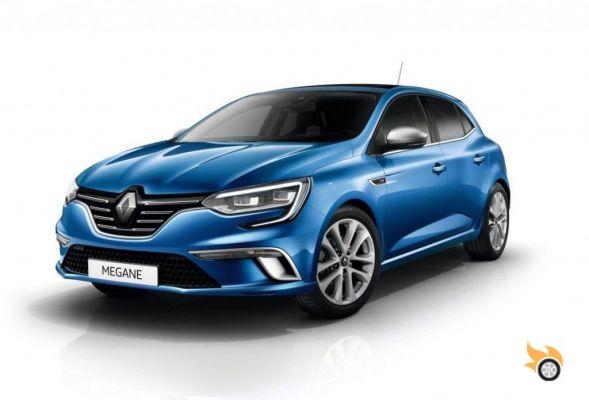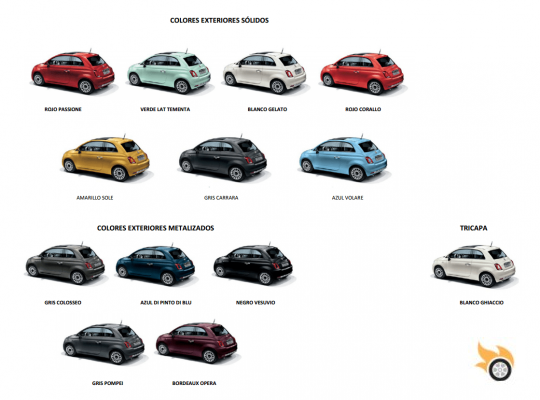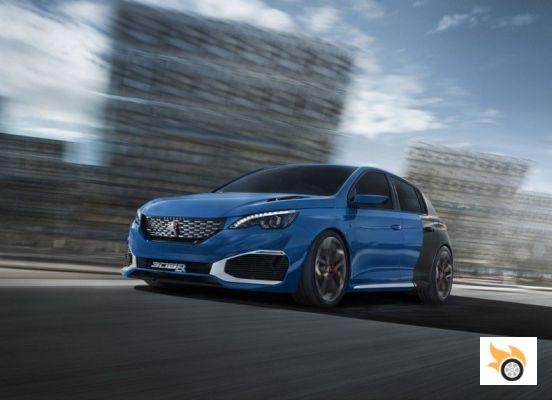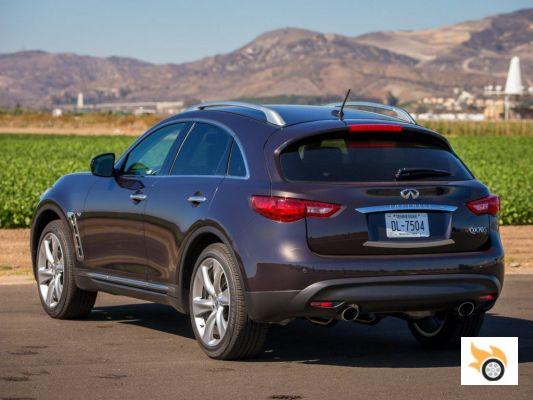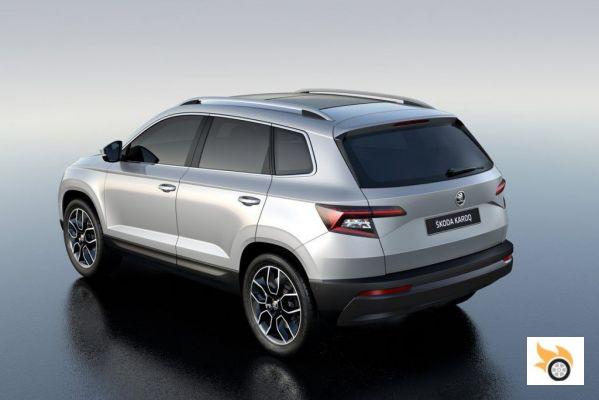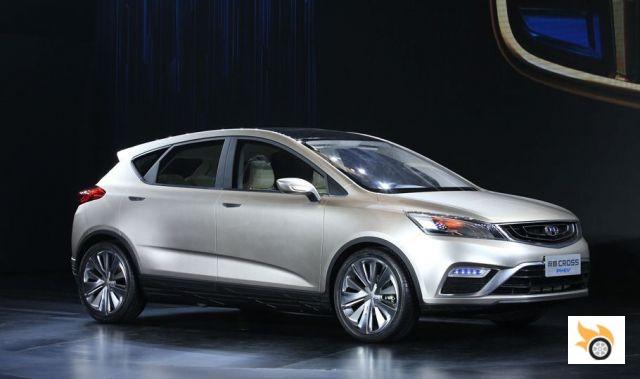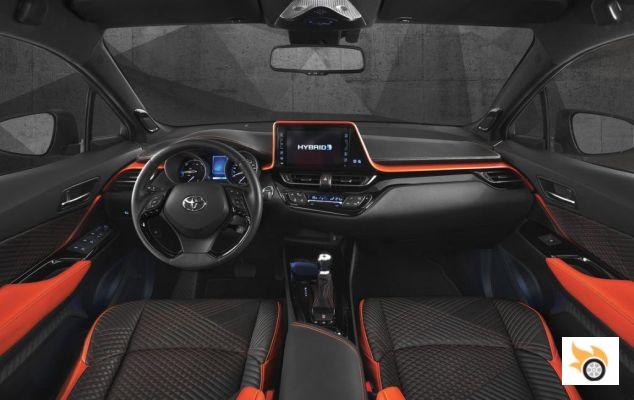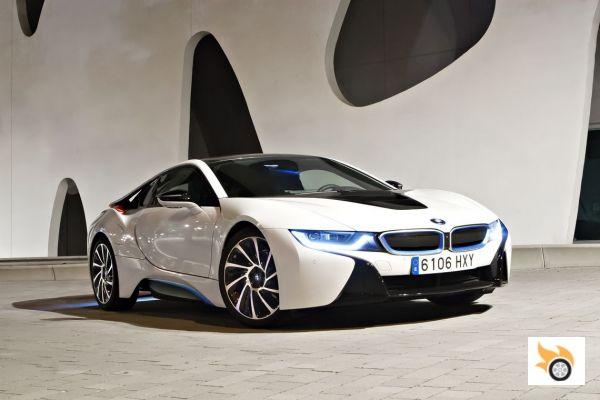In its press release, BMW claims that the original X3 gave birth to the premium mid-size SUV segment when it debuted in 2003, somewhat debatable considering what the first SUVs were according to the era, but what can't be denied is that after 1.5 million examples produced to date, the X3 is a success for the company. However, the X3 has only undergone one major generational update since then, with the launch of the F25 in 2010. Let's see how the third generation changes.
Compared to the outgoing model, the new X3 sports a larger kidney grille and slightly smaller LED lights, as well as a new design for the hexagonal-shaped fog lights? At the rear, the optional LED lights have been completely redesigned and the tailgate remains in one piece, which will feature individually opening glass and hands-free opening with sensor under the bumper. A small spoiler and twin tailpipes finish off the package.
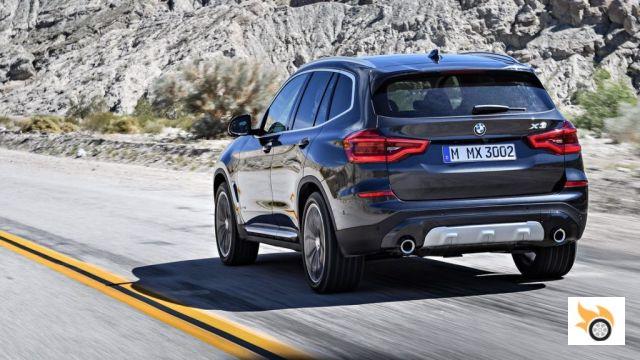
BMW will offer three variants: "xLine", "Luxury Line" and "M Sport". The distinctions between equipment lines hardly go beyond changes in the bumpers, chrome trim, wheel rim designs or very specific equipment options.
The side view also shows changes. BMW has increased the wheelbase by 54 mm, resulting in a wheelbase of 2,864 mm, which will result in a wider cabin. At 4,716 mm long, 1,897 mm wide and 1,676 mm high, the new X3 is significantly larger than the model it precedes (+61 mm long and +17 mm wide). The need to increase the size is mainly due to the need to offer more space and to move away from the front-wheel drive X1.
Thanks to the new CLAR (CLuster ARchitecture) chassis, the 2018 X3 will save up to 100 kg in weight depending on version. Its use has also made it possible to maintain a 50/50 weight balance.
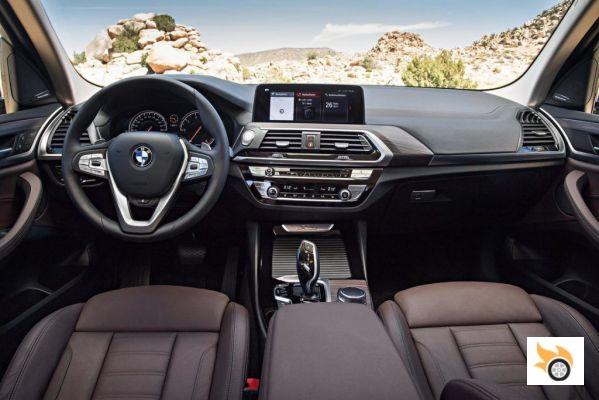
Inside we can see that the line is typical BMW, it does not present a radical design change, but it has been properly updated following the line of the latest models of the German firm. The new 10.25-inch infotainment screen presides over the dashboard, with the possibility of offering gesture control system without touching the screen (Air-Touch). It will feature Head-Up Display with integrated navigator information.
The larger panoramic roof, updated three-spoke steering wheel and ventilated front seats, finish marking the differences of the new X3 with respect to the outgoing model. In addition, the rear seats tilt and fold individually to increase cargo storage options. It is in these seats, moreover, where most has been improved habitability, with benches 20 mm higher. The boot remains the same, 550 litres of capacity.
The new X3 will offer a real-life laboratory for the company's nascent autonomous technology, adding a planned lane change assist function and vehicle-to-vehicle communication, in addition to the usual array of BMW CoPilot driver assistance features. Via the BMW Connected Drive system, either via smartphone or smartwatch, it is possible to transmit to the car, for example, mobility-relevant information such as addresses or entries in the smartphone's calendar. This data is automatically converted into navigation destinations and the optimum journey start times are calculated.
The mechanical offer of the new X3 is reduced to two diesel engines and two petrol engines, one of them being the most "sporty" variant of this SUV. All engines are associated with the Steptronic automatic gearbox with eight gears that transmit their power through all four wheels. There will be sDrive rear-wheel drive versions, although we won't see them in Europe for the time being.
On the petrol side, the entry-level model will be the xDrive20, not available before spring 2018. This powertrain offers 185 hp and 290 Nm, with 0-60 mph in 8.3 seconds and a top speed of 215 km/h. Average combined fuel consumption is 7.2 litres per 100 km. The xDrive30i will arrive in December this year and is powered by a turbocharged four-cylinder engine with 252 hp and 350 Nm. It accelerates from 0-100 km/h in 6.3 seconds and achieves a top speed of 240 km/h. However, the top of the range model, the M40i, will have the TwinPower Turbo 6-cylinder engine with 360 hp and 500 Nm, which allows you to sprint to 100 km / h in 4.8 seconds and continue up to 250 km / h, electronically limited.
On the petrol side we have a xDrive20d and xDrive30d. The first is a 2.0 turbo diesel four-cylinder that offers 190 hp and 400 Nm and allows to do 0 to 100 km / h in 8 seconds and reach 213 km / h with an average consumption of 5.4 liters per 100 km. The second car has a 3.0-litre six-cylinder diesel engine with 265 bhp and 620 Nm. It accelerates from 0-100 km/h in 5.8 seconds, reaches 240 km/h and has a combined fuel consumption of 6 litres per 100 km.
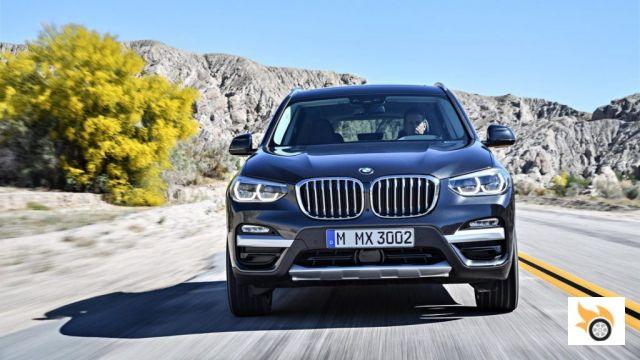
Prices have not yet been announced. The presentation to the public will be made at the Frankfurt Motor Show.




